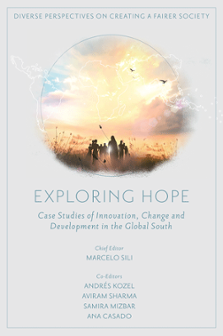Land provides a host of ecosystem services, of which the provisioning services are often considered paramount. As the demand for agricultural products multiplies, other ecosystem services are being degraded or lost entirely. Finding a sustainable trade-off between food production and one or more of other ecosystem services, given the variety of stakeholders, is a matter of optimizing land use in a dynamic and complex socio-ecological system. Land degradation reduces our options to meet both food demands and environmental needs. In order to illustrate this trade-off dilemma, four representative services, carbon sinks, water storage, biodiversity, and space for urbanization, are discussed here based on a review of contemporary literature that cuts across the domain of ecosystem services that are provided by land. Agricultural research will have to expand its focus from the field to the landscape level and in the process examine the cost of production that internalizes environmental costs. In some situations, the public cost of agriculture in marginal environments outweighs the private gains, even with the best technologies in place. Land use and city planners will increasingly have to address the cost of occupying productive agricultural land or the conversion of natural habitats. Landscape designs and urban planning should aim for the preservation of agricultural land and the integrated management of land resources by closing water and nutrient cycles, and by restoring biodiversity.
Download:
DOI:
https://doi.org/10.3390/su9122196
Altmetric score:
Dimensions Citation Count:

























